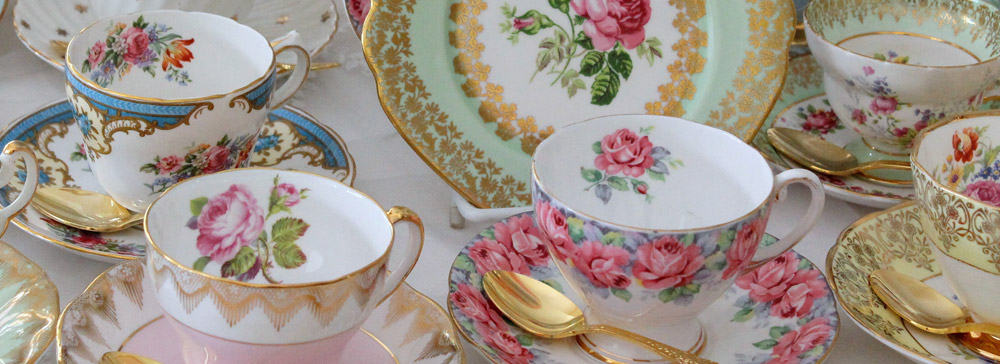Grandma had the most amazing china. Her three adult grand-children continued to fight over who would get grandma’s china when she passed away. It wasn’t the house, the car or the money that her three grand-children bickered about, but rather the source of the commotion was Grandma’s fine china, routinely used to serve dinner on the most special of occasions.
Unlike financial assets, which can generally be divided easily among your heirs, tangible personal property is unique. And the complications associated with distributing a lifetime’s worth of possessions is something that many people overlook. Families have been torn apart over everything from ownership of a valuable painting, to the grandfather clock, to the gun collection, to who gets Mom’s recipe box. Sometimes the object in question is an item of substantial material value, but just as often the appeal is purely sentimental. People get emotionally attached to objects that symbolize the person who has passed away.
Discussing these issues while parents and grand-parents are still alive is preferable to letting children duke it out for themselves later. Some people address this subject before they die, by giving away possessions as they downsize, by asking which things have special meaning to particular family members, or by leaving directions about how personal property should be divided. Others have had adult children and grand-children express their preferences by putting their names on the bottom of things while the older generation is still alive.
If there are only one or two valuable possessions, your estate plan might direct the executor of your will or the trustee of your revocable living trust to sell the diamond or the painting, for example, and divide the proceeds among your heirs. If one of them really wants a particular item (like Grandma’s china) and has the funds, he or she could buy it from the estate for fair market value. Another approach, if only one person asks for certain expensive pieces, is to honor those wishes and reduce that heir’s share of other assets. To steer clear of conflicts, designate an independent third party to divide the assets.
For sentimental items that you want to go to specific people, it’s best to say so in your estate planning documents. For instance, in her will, Jacqueline Kennedy Onassis directed that most of her personal property go to her children, but she gave a handful of personal items to other people. She left her longtime companion, Maurice Tempelsman, a Greek alabaster head of a woman; her lawyer a copy of John F. Kennedy’s inaugural address signed by Robert Frost; and a close friend a couple of Indian miniatures.
The question is what to do about those sentimental personal items. One possibility is to direct your heirs to divide belongings in substantially equal shares and if they sell anything, to use the cash to equalize things. Another is to map out a very specific rotation of choice – for instance, by birth order – so that everyone gets a turn at having dibs on an item.
No matter what you decide, make sure you make these decisions in your estate plan. By designating who will receive the china before she dies, Grandma can make sure that her grand-children won’t come to blows and that the china will peaceably pass to the next generation.

